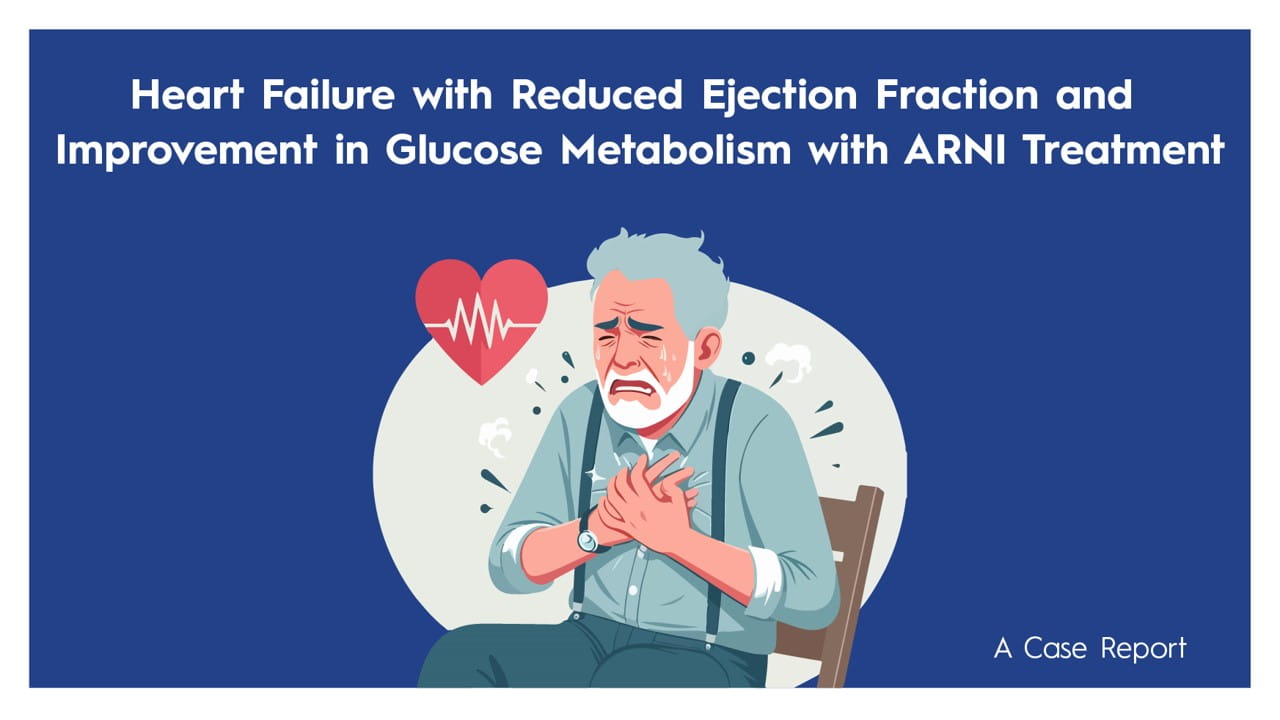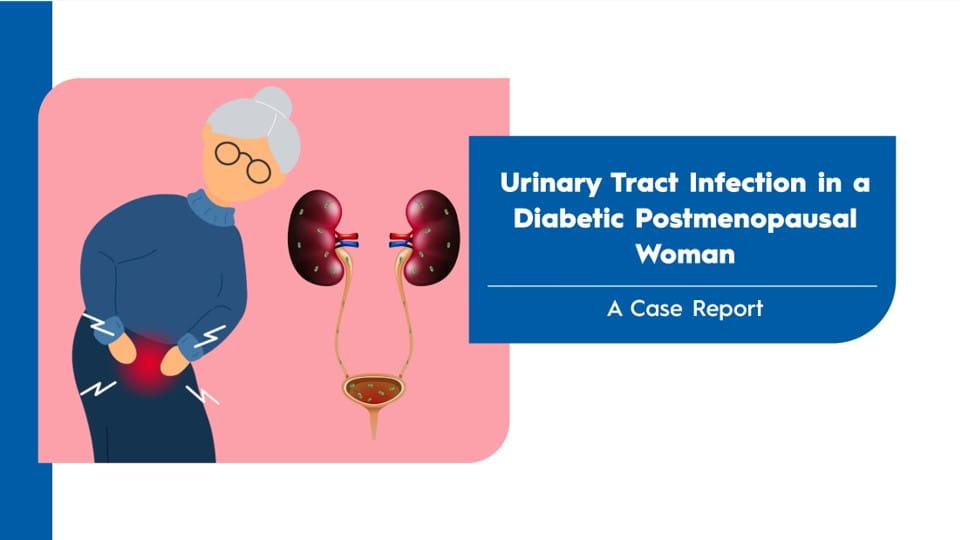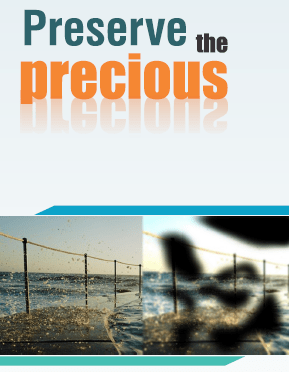EASD 2025: Highlights from Day 4
Progression of Albumin/Creatinine Ratio and Estimated Glomerular Filtration Rate Over 24 Years in People with Type 2 Diabetes: Drivers and Potential Protectors
Presenter: A. Matheou
A 24-year prospective study evaluated chronic kidney disease (CKD) progression using urine albumin/creatinine ratio (uACR) and estimated glomerular filtration rate (eGFR) in type-2 diabetes.
CKD developed in 43% non-CKD patents, and end-stage kidney disease in 1.4%. uACR rose exponentially, while eGFR declined by 1.02 mL/min/year. Blood pressure (BP) independently predicted uACR progression, especially in those with increased ACR/preserved eGFR. Female sex, smoking, glyacated hemoglobin (HbA1c), BP, and cholesterol predicted eGFR decline in non-CKD. Mortality was highest in those with elevated uACR/reduced eGFR at baseline (96.7%) than for no CKD (48.6%) and for CKD with increased ACR/preserved eGFR (76.7%). Baseline kidney function and cardiovascular risk factors impacted CKD progression and mortality.
White Adipose Tissue Adapts First: Increased Mitochondrial Respiration and Insulin Resistance After Short-Term High-Fat Diet in Healthy Adults
Presenter: G. Xourafa
This study investigated how white adipose tissue (WAT) responds to short-term overnutrition in humans. Young, glucose-tolerant participants consumed either an isoenergetic diet (ID) or a high-fat diet (HFD) for three weeks.
The HFD group showed increased body weight, fat mass index, and adipose tissue insulin resistance, along with elevated mitochondrial respiration in WAT. However, skeletal muscle and liver metabolism, including whole body insulin sensitivity and lipid content, remained unchanged (p>0.05). These findings suggest that WAT is the first tissue to exhibit metabolic changes during early stages of overnutrition, highlighting its key role in the development of insulin resistance.
Baricitinib in New-Onset Type 1 Diabetes: BANDIT 2-Year Outcomes
Presenter: M. Waibel
The BANDIT trial evaluated baricitinib (4 mg/day orally) in 91 participants (aged 10–30) with recent-onset type 1 diabetes (T1D).
At 48 weeks, treatment with baricitinib vs. placebo preserved beta cell function, with higher mixed-meal-stimulated C-peptide levels [0.65 (IQR: 0.31–0.82) vs. 0.43 (0.13–0.63); p=0.001], reduced insulin use, and improved CGM metrics. Post-treatment, C-peptide declined [72 weeks: 0.49 vs. 0.36 nmol/L/min; p=0.015], with no significant differences in glycemic control at 72 and 96 weeks. Nearly 75% of the baricitinib-treated patients were responders by quantitative response score (QRS) vs. 55% in placebo group (p=0.0154). None of the baseline factors predicted response. Baricitinib was well tolerated, with no new safety concerns. These findings support further trials of the drug in stage 2 and 3 T1D.
Fixed-Dose vs. Loose-Dose Combination Antidiabetic Therapy and Cardiorenal Risk in Type 2 Diabetes: A Nationwide Comparative Effectiveness Study
Presenter: Q. Liu
This Swedish cohort study evaluated whether fixed-dose combination (FDC) therapy improves cardiorenal outcomes in adults with Type 2 Diabetes Mellitus (T2DM) compared to loose-dose combination (LDC) therapy.
Among 27,766 matched patients, FDC users showed significantly higher medication adherence (68.6% vs. 46.5%). Over a median follow-up of 4 years, FDC was associated with a lower rate of heart failure (HR=0.88), especially in those aged ≥65 years (HR=0.79). Medication adherence mediated 47% of this benefit. No significant associations were found for other cardiorenal outcomes. The findings suggest FDC may enhance heart failure prevention in T2DM, largely through improved adherence.
Differences in Body Fat Distribution and Risk of Type 2 Diabetes Between Subtypes of Insulin Resistance
Presenter: J.H.P. van der Velde
In the NEO study (n=5509; 53% women; mean age 54±6 years; BMI 30±5 kg/m²), insulin resistance (IR) subtypes were defined using hepatic IR index (HIRI), muscle IR index (MIRI), and disposition index (DI).
Over 6.6 years, 283 participants developed type 2 diabetes. Risk varied by IR subtype, with highest hazard ratios in ‘low DI + hepatic IR’ (HR=19.48) and ‘low DI + hepatic + muscle IR’ (HR=20.16). These subtypes also presented with highest waist circumference, visceral, and liver fat. DI was a key determinant of diabetes risk, highlighting its clinical relevance in early detection.
Visit to Visit Blood Pressure Variability is An Independent Risk-factor for Kidney Disease Progression and Renal Function Loss in People with Type 1 Diabetes
Presenter: V. Krasniqi
This study analyzed 3,533 people with type 1 diabetes from diverse ethnic backgrounds to assess whether visit-to-visit blood pressure variability (BPV) predicts diabetic kidney disease (DKD) progression.
BPV was measured using four methods for systolic, diastolic, pulse pressure, and mean arterial pressure. DKD progression was defined as a >50% drop in estimated glomerular filtration rate (eGFR) to below 30 ml/min. BPV for systolic BP, mean arterial pressure, and pulse pressure were significantly linked to DKD progression, independent of other risk factors. African-Caribbean heritage also independently increased DKD risk, unaffected by BPV. Further research is needed to clarify if reducing BPV slows DKD progression.
Simultaneous Initiation of Finerenone and Empagliflozin by Baseline Glucagon-Like Peptide-1 Receptor Agonist Use: A Prespecified Analysis of CONFIDENCE
Presenter: R. Agarwal
The CONFIDENCE study evaluated the impact of combining finerenone and an SGLT2 inhibitor on urinary albumin-to-creatinine ratio (UACR) in patients with chronic kidney disease and type 2 diabetes. This prespecified analysis assessed whether baseline use of GLP-1 receptor agonists (GLP-1 RA) influenced treatment outcomes.
Among 800 participants, 23% used GLP-1 RAs at baseline. At day 180, combination therapy significantly reduced UACR regardless of GLP-1 RA use. The reduction was slightly greater in GLP-1 RA users, though differences between treatment groups were modest. Hyperkalaemia rates were comparable across groups. Overall, combination therapy was effective and well-tolerated, independent of GLP-1 RA background use.
Ingesting Ketone Monoesters Decreases Postprandial Glycaemia Across Consecutive Meals in People with Type 2 Diabetes: Preliminary Data
Presenter: G.F. Pavis
This randomized, double-blind crossover study examined the effect of pre-meal ketone monoesters (KM) ingestion on postprandial glucose (PPG) in type 2 diabetes over two consecutive 4-hour mixed-meal tolerance tests (MMTT1 and MMTT2).
This study showed for the first time that pre-meal KM consistently reduced PPG with MMTT1 and MMTT2 versus placebo (P<0.001). KM significantly reduced insulin clearance (P<0.001), leading to higher serum insulin concentrations, especially after MMTT1 (P<0.05). Despite lower glucose levels, insulin secretion remained stable, with an improved pancreatic β-cell glucose sensitivity vs. placebo (P=0.06). KM appears as a promising intervention in type 2 diabetes, with benefits of enhanced pancreatic function.
The Effect of Empagliflozin on Extracellular Fluid Volume and Epicardial Adipose Tissue in Patients at Risk of Heart Failure
Presenter: C.F. Andersen
This randomized trial investigated empagliflozin’s effect on estimated extracellular volume (eECV) and ventricular epicardial adipose tissue (EAT) mass in obese, high-risk heart failure patients.
Empagliflozin 10 mg daily for 180 days significantly reduced estimated extracellular volume versus placebo (difference: –0.123 L, p=0.004) but did not affect ventricular EAT mass (1.5 g, p=1.00). More non-severe urinary (7 vs. 1, p=0.03) and genital mycotic infections (9 vs. 0, p=0.002) occurred with empagliflozin. The drug exhibited comparable safety profile, with milder urinary and genital infections.
In conclusion, 180 days of empagliflozin lowered eECV without changing EAT mass, suggesting potential preventive benefits in obesity-related heart failure risk. Larger trials are needed to confirm clinical outcomes.
Early-Onset Type 2 Diabetes: Association and Mechanisms of Gut Microbiota Dysbiosis and Metabolic Disorders
Presenter: L. Zhao
This cross-sectional study determined the gut microbiome & metabolic characteristics for 370 subjects [84 early-onset type-2 diabetes mellitus (EOT2DM) patients, 105 Late-Onset T2DM (LOT2DM) patients, 74 young healthy controls, & 107 elderly healthy controls].
The abundance of Megamonas & Ruminococcus granus correlated positively with glucose metabolism abnormalities and inflammatory cytokine levels in EOT2DM patients. As per the fecal microbiota transplantation (FMT) experiments, the gut microbiota of EOT2DM patients could induce more severe diabetes phenotypes in pseudo-sterile mice. EOT2DM-associated dysbiosis downregulated tight junction proteins (ZO-1, Claudin-1), increased intestinal permeability, leakage of bacterial endotoxins (LPS) into the bloodstream, triggering a systemic inflammatory response (elevated IL-1β and TNF-α levels). Inflammatory cytokines potentially interfered with insulin signalling pathways leading to exacerbated insulin resistance & impaired β-cell function. These findings may aid in initiating early intervention and precision treatment of EOT2DM.
EASD 2025, 15th – 19th Sept 2025, Vienna, Austria.




